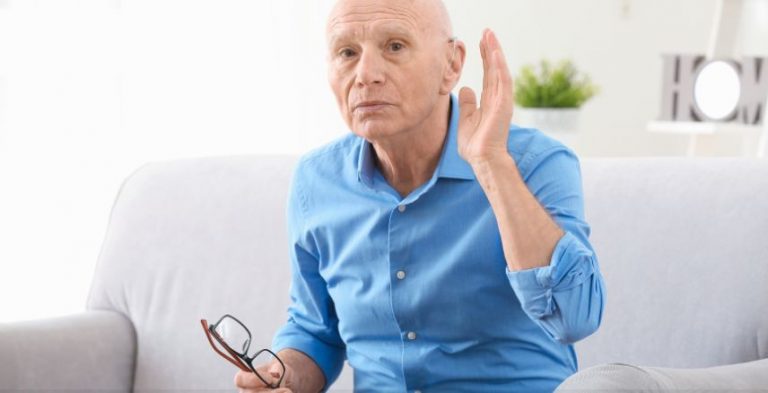Proven Treatments and Innovative Alternatives
Alopecia, also known as hair loss, can be a confusing and upsetting condition. Many people look for different ways to help their hair grow back and to stop more hair from falling out. Thankfully, there are many treatment options available. In this article, we look at 11 treatment options for alopecia hair loss.
1. Litfulo
Litfulo is a treatment made for people aged 12 and up with severe alopecia areata. It is taken as an oral capsule once a day. The medicine works by blocking certain proteins that trigger the inflammation linked to hair loss. By reducing this inflammation and lessening the attack on the hair follicles, Litfulo helps create conditions that allow hair to grow back.
2. Corticosteroids
Corticosteroids are strong medicines that reduce inflammation in the body. In the case of alopecia, corticosteroids are used to calm the immune system. Many people with alopecia have an overactive immune system that mistakenly attacks the hair follicles. By using corticosteroids, doctors try to stop the immune system from damaging these follicles. Corticosteroids can be given as injections, creams or pills.
3. Minoxidil
Minoxidil is a popular treatment for hair loss. It is available as a liquid or foam that you apply to your scalp. Minoxidil works by increasing blood flow to the hair follicles. Better blood flow can help the hair follicles get more oxygen and nutrients, which can lead to thicker and stronger hair.
4. Topical Immunotherapy
Topical immunotherapy is another option that is often used for people with alopecia. With this treatment, a chemical solution is applied to the scalp. This chemical causes a mild allergic reaction. The allergic reaction may help the body stop the ongoing attack on the hair follicles. By changing the way the immune system works, the hair sometimes can grow back.
5. Platelet-Rich Plasma (PRP)
Platelet-rich plasma, or PRP, is a treatment that uses the patient’s own blood. A small sample of blood is taken and then processed in a machine to collect the platelets. These platelets contain many growth factors. The PRP is then injected into the scalp, and the idea is that these growth factors can improve the health of the hair follicles and encourage hair growth.
6. Acupuncture
Acupuncture is a treatment from traditional Chinese medicine. It uses tiny needles that are placed in specific points on the body. The idea behind acupuncture is that it helps balance the body’s energy and improve blood circulation. For some people with alopecia, acupuncture seems to help reduce stress and boost hair growth.
7. Phototherapy
Phototherapy uses specific kinds of light to treat different skin conditions. When used for alopecia, a special light is aimed at the scalp. The light may help reduce inflammation and stimulate the hair follicles. Phototherapy is sometimes used when other treatments have not worked well.
8. Garlic Gel
Garlic gel is a natural remedy that some people use for alopecia. It's known for its antibacterial and anti-inflammatory properties. When made into a gel and applied to the scalp, garlic might help clear away skin infections and reduce inflammation. This can create a better environment for hair to grow back.
9. Anthralin
Anthralin is a medicine often used to treat skin conditions like psoriasis. It works by changing the immune system's activity. In some cases of alopecia, anthralin is applied to the scalp to try and reshape the immune response. A short time is usually allowed for the medicine to work before it is washed off.
10. Cryotherapy
Cryotherapy involves using very cold substances to impact the skin or hair follicles. In alopecia treatment, cryotherapy might be used to reduce inflammation. The cold temperature can slow down the activity of the immune cells attacking the hair follicles. This treatment is done by experts who know how to control the cold temperature so that it does not hurt the healthy skin.
11. Curcumin
Curcumin is the active ingredient found in turmeric, a spice that is used in cooking. It has strong anti-inflammatory properties. When used as a treatment option for alopecia, curcumin is believed to help reduce the inflammation that damages the hair follicles. Curcumin can be taken as a supplement or applied in a topical form as a cream. Curcumin may need to be used alongside other treatments to see real improvements in hair growth.
Keep reading to learn about low-maintenance hairstyles for seniors with thinning hair.

